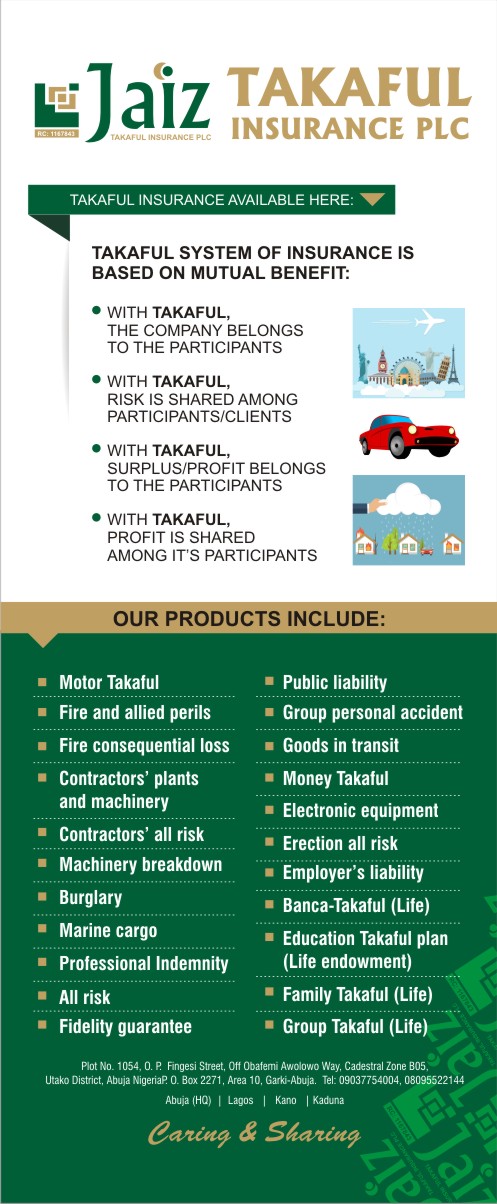
When people use the term “mini-stroke,” what they’re really often referring to is a Transient Ischemic Attack (TIA). It’s current nickname, mini-stroke, does not fit the bill, because it suggests something small and passing, a fleeting problem you can put off until you have the time to do something about it.
At the outset, there’s little difference between a TIA and the most common kind of stroke, an ischemic stroke. They look the same, feel the same, and are caused by the same thing — a blood clot or bit of cholesterol-filled plaque that is blocking blood flow in an artery that nourishes part of the brain. The big thing that separates a TIA from a stroke is how long it lasts. A TIA is over quickly, often fading away within minutes to hours.
Stroke symptoms last longer, usually more than 24 hours. The blockage can cause any of the following: numbness or weakness in your face, arm, or leg, especially on one side of the body; inability to move your fingers, a hand, arm, or leg; sudden confusion; difficulty speaking or understanding what someone is saying; trouble seeing with one or both eyes or hearing with one or both ears; dizziness, trouble walking, or loss of balance or coordination; and rapid and severe headache.
In the case of a TIA, the blockage is small enough or fragile enough that the body’s self-repair systems can reopen the artery, which stops the symptoms. Larger or sturdier blockages lead to strokes.
A TIA is a brief interruption of blood flow to part of the brain, spinal cord or retina, which may cause temporary stroke-like symptoms but does not damage brain cells or cause permanent disability. It is often followed by a full-blown stroke. About one in three people who have a transient ischemic attack will eventually have a stroke, with about half occurring within a year after the transient ischemic attack. Getting evaluated and treated right away — within minutes of having a TIA, if possible — can lower the chances of having a stroke. TIA is an emergency and should be treated as such.
Recognising the signs of a TIA
It is important to recognise the symptoms quickly and call ERA to ask for a phone first aid, first responder or medical evacuation straight away.
The main symptoms can be remembered with the word FAST:
•Face: The face may have dropped on one side, the person may not be able to smile, or their mouth or eye may have drooped.
•Arms: The person may not be able to lift both arms and keep them there, because of weakness or numbness in one arm.
•Speech: Their speech may be slurred or garbled, or the person may not be able to talk at all, despite appearing to be awake, they may also have problems understanding what you’re saying to them.
•Time: Time to call ERA immediately if you notice any of these signs or symptoms.
It is important for everyone to be aware of these signs and symptoms. If you live with or care for someone in a high-risk group, such as an elderly person or someone with diabetes or high blood pressure, being aware of the symptoms is even more important.
Other possible symptoms
The symptoms in the FAST test identify most strokes and TIAs, but a TIA can occasionally cause different symptoms that typically appear suddenly (usually over a few seconds).
Other signs and symptoms may include: complete paralysis of one side of the body; sudden vision loss, blurred vision or double vision; vertigo; being sick; dizziness; confusion; difficulty understanding what others are saying; problems with balance and coordination; and difficulty swallowing (dysphagia).
Take these actions to help prevent a stroke
To help prevent a stroke after a transient ischemic attack: Get rapid evaluation, preferably within 12 hours of the onset of symptoms; Have access to same-day diagnostic imaging; Proceed with aggressive attention to blood pressure, cholesterol, diabetes, atrial fibrillation, and other conditions; Control risk factors such as smoking, obesity, and physical inactivity; Take aspirin, aspirin plus extended-release dipyridamole (Aggrenox), and/or clopidogrel (Plavix) to prevent the formation of further blood clots; and Consider surgery (carotid endarterectomy) or endovascular therapy (angioplasty with or without a stent) to open a narrowed or blocked carotid artery.
•Call Emergency Response Africa (ERA) 08000 2255 372 if you or anyone close to you is having any of these symptoms.
Source: Guardian.ng







